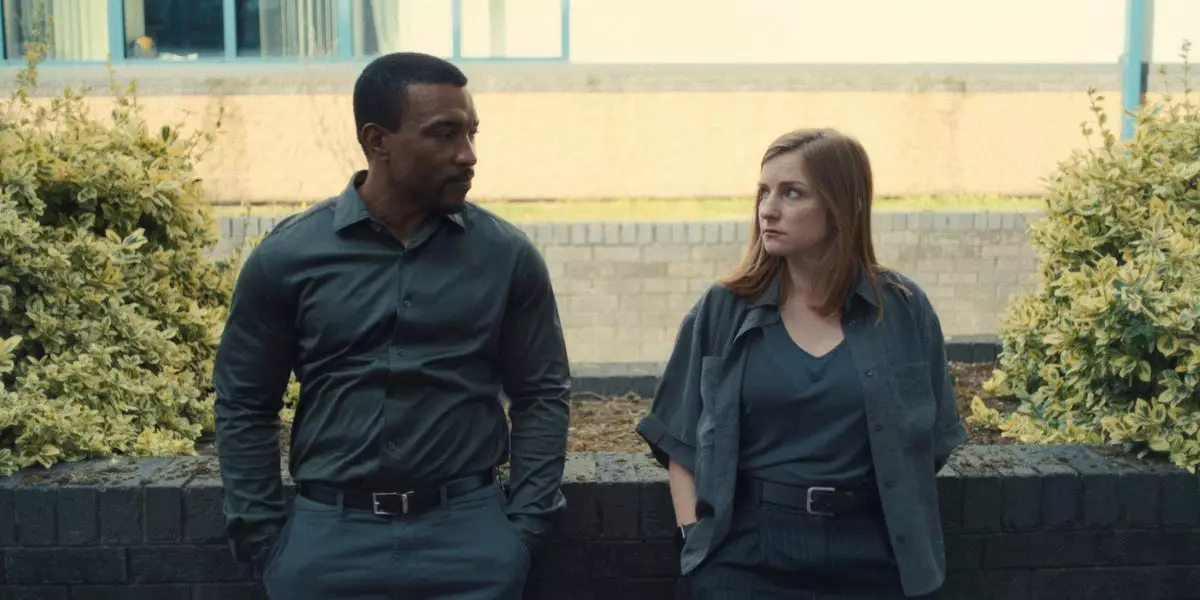The Netflix series “Adolescence” has garnered significant attention among its audience, particularly following the jaw-dropping reveal in its second episode. The show effectively marries intriguing narratives with innovative cinematography, highlighted by a striking scene where co-creator and star Stephen Graham, playing Eddie, is depicted laying flowers at a murder site. This emotional moment toes the line between impactful storytelling and visual artistry. It serves as a testament to how creativity can transform a script with minimal dialogue into a powerful visual experience that leaves viewers captivated.
The Transformation of a Single Shot
Filmmaking is often about the minutiae, and this episode exemplifies how altering one specific shot can dramatically shift the tone and impact of a scene. Director Philip Barantini and Director of Photography Matt Lewis provided an insightful glimpse into the behind-the-scenes process during a discussion on The Rest Is Entertainment podcast. Originally, they planned for a conventional street-level tracking shot, which would have likely subdued the emotional weight of the moment. Instead, a last-minute suggestion from a Netflix executive to employ an aerial overhead shot completely altered the visual dynamic.
Barantini’s openness to this executive input not only showcases his collaborative spirit but also illustrates the creative potential when directors remain flexible. The decision to utilize a drone shot was a bold choice that could have easily backfired if not executed flawlessly. Lewis admits to wrestling with the timing and technical challenges posed by the windy conditions of Pontefract during the shoot. His commitment to achieving a perfect shot underscores the dedication required in filmmaking, where each moment must resonate with the audience.
Immersive Filmmaking Under Pressure
The stakes were high on set, as Lewis reveals the anxiety of potentially failing to capture this pivotal scene. The possibility of reverting to one of their alternative endings loomed in the background, with other concepts like a slow fade over the city or an alternate location for Eddie. The pressure to deliver and not compromise on creative vision brought a real sense of urgency. It speaks volumes that Lewis felt such profound emotion when they finally succeeded, declaring, “That’s when I cried.” This relatability amplifies the sincerity behind the filmmaking process and emphasizes the importance of capturing authentic moments.
Willingness to Innovate
This episode illustrates a key lesson for creators in all fields: the ability to embrace innovative ideas, even under tight constraints, can lead to groundbreaking moments. The rigorous problem-solving demonstrated by the crew resulted in a scene that perfectly encapsulates the emotional gravity of the narrative while providing viewers a visually stunning experience. The decision to listen to suggestions, pivot quickly, and adapt the approach highlights an essential quality for creators working in collaborative environments.
In “Adolescence,” the art of filmmaking transcends mere entertainment. It reflects the transformative power of storytelling that resonates on multiple levels. Each choice made behind the camera ultimately culminates in a shared experience that can evoke profound emotions among audiences, proving that even the smallest change can alter the course of a story dramatically.

